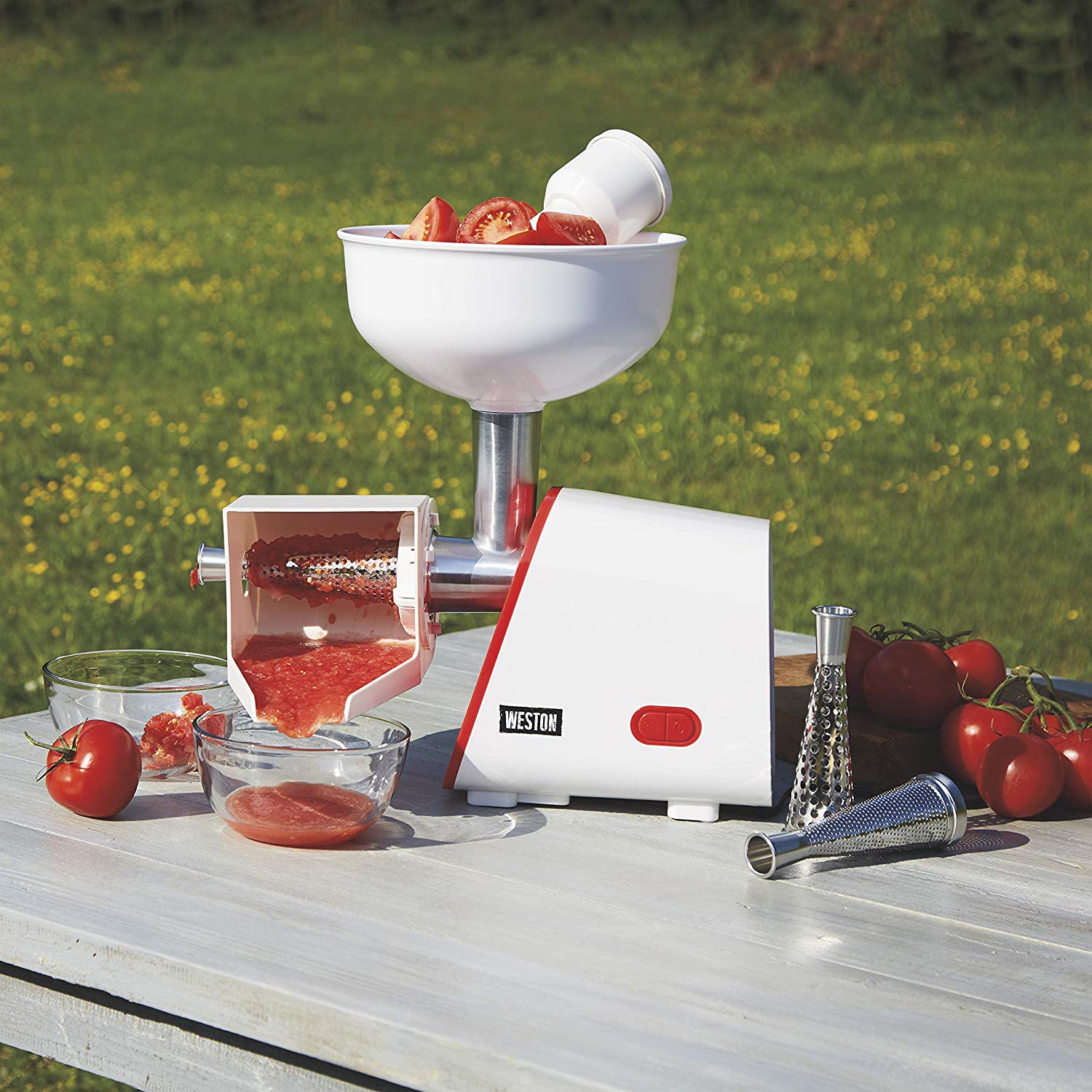

Articles
How To Make Tomato Juice With A Juicer
Modified: January 22, 2024
Learn how to make delicious and nutritious tomato juice with a juicer in this helpful article. Find step-by-step instructions and expert tips to enjoy homemade tomato juice.
(Many of the links in this article redirect to a specific reviewed product. Your purchase of these products through affiliate links helps to generate commission for Storables.com, at no extra cost. Learn more)
Introduction
Welcome to this guide on how to make tomato juice with a juicer. If you’re a fan of tomato juice, you’re in for a treat because making your own fresh juice at home allows you to customize the flavor, control the ingredients, and enjoy the pure goodness of ripe, juicy tomatoes. Whether you’re looking for a healthy morning beverage or a versatile ingredient for your culinary creations, learning how to make tomato juice with a juicer is a simple and rewarding process.
Tomato juice is not only delicious but also packed with essential nutrients. It is an excellent source of vitamins A and C, as well as potassium and antioxidants. Drinking tomato juice regularly can contribute to improved heart health, better digestion, and healthier skin. By using a juicer to extract the juice, you can maximize the nutrient content and enjoy the full benefits of this vibrant and refreshing drink.
In this guide, we will walk you through the process of making tomato juice with a juicer, from selecting the right tomatoes to enhancing the flavor with herbs and spices. We will also provide tips on proper storage and serving suggestions to help you get the most out of your homemade tomato juice.
So, let’s roll up our sleeves and get started on this flavorful adventure of making delicious tomato juice at home!
Key Takeaways:
- Customize your tomato juice flavor by choosing ripe, flavorful tomatoes and adding herbs, spices, or other fruits and vegetables. Experiment with thickness and consistency to create a personalized, refreshing drink.
- Extend the versatility of homemade tomato juice by using it as a base for cocktails, incorporating it into recipes, or enjoying it as a nutritious morning beverage. Proper storage techniques ensure freshness for up to 7 days in the refrigerator or 3 months in the freezer.
Read more: How To Make Tomato Juice In A Blender?
Getting Started
Before diving into the process of making tomato juice with a juicer, there are a few essential steps to follow to ensure the best results. Let’s start by discussing how to choose the right tomatoes for juicing.
Choosing the Right Tomatoes
When selecting tomatoes for juicing, it’s important to choose ripe and flavorful varieties. Look for tomatoes that are firm yet slightly soft to the touch and have a rich, vibrant color. Heirloom tomatoes, beefsteak tomatoes, or vine-ripened tomatoes are all excellent choices for making tomato juice.
Keep in mind that the taste of the tomatoes will directly impact the flavor of your juice, so opt for tomatoes that have a sweet and robust flavor profile. Avoid tomatoes that are overly acidic or bland, as they may result in a less flavorful juice.
Gathering the Necessary Ingredients
In addition to fresh tomatoes, you will need a few basic ingredients to make tomato juice. Here’s what you’ll need:
- Fresh tomatoes
- Optional: Herbs and spices for flavor enhancement
- Optional: Other vegetables or fruits for added complexity
- Optional: Sweeteners or acids to balance the taste
These additional ingredients can elevate the taste and add depth to your tomato juice, but they are not mandatory. You can experiment with different combinations to find the flavors that suit your preference.
Cleaning and Prepping the Tomatoes
Once you have gathered the necessary ingredients, it’s time to clean and prep the tomatoes for juicing. Start by giving the tomatoes a gentle rinse under running water to remove any dirt or debris. Pat them dry with a clean towel or paper towel.
Next, remove the stems and any blemished or damaged parts of the tomatoes. For juicing, it’s not necessary to peel the tomatoes, as the juicer will extract the juice and leave behind the skins. However, if you prefer a smoother texture, you can blanch the tomatoes quickly in boiling water and remove the skins before juicing.
Now that your tomatoes are clean and prepped, you are ready to move on to the next step: using a juicer to make delicious tomato juice. Let’s explore the juicing process in the next section!
Read more: How To Make Juice In A Juicer
Using a Juicer to Make Tomato Juice
Now that you have selected your tomatoes and prepped them, it’s time to use a juicer to extract the delicious juice. Follow these steps to make tomato juice using a juicer:
Setting Up the Juicer
Before you begin juicing, ensure that your juicer is properly assembled and ready for use. Refer to the instruction manual for the specific setup instructions for your juicer model. The general process involves attaching the necessary juicing components, such as the juicing screen, juice collector, and feed tube.
Place a large bowl or jug under the juice collector to catch the extracted juice. It’s also a good idea to have a strainer or cheesecloth on hand to strain the juice further if desired.
Juicing the Tomatoes
Once your juicer is set up, it’s time to start juicing! Take a handful of prepped tomatoes and feed them into the juicer’s feed tube. Use the pusher tool to guide the tomatoes into the juicer and extract the juice. Repeat this process with the remaining tomatoes until you have juiced all of them.
As the tomatoes are processed through the juicer, the juice will be separated from the pulp. The juice will flow into the collector, while the pulp will be expelled into a separate container or pulp bin.
Keep a close eye on the juice collector and empty it into a storage container as needed. It’s best to transfer the juice into a glass or airtight container immediately to preserve freshness.
Adjusting the Thickness and Consistency
The resulting tomato juice may have a thickness or consistency that is not to your liking. Fortunately, you can easily adjust these aspects to suit your preference:
If you prefer a thinner juice, you can strain it through a fine-mesh strainer or cheesecloth to remove any residual pulp or seeds. Simply place the strainer over a bowl and pour the juice through it, allowing the liquid to pass through while capturing any solids.
On the other hand, if you prefer a thicker and pulpier juice, you can skip the straining process altogether. The juicer will naturally extract some pulp along with the juice, providing a more textured experience.
Don’t be afraid to experiment with different thicknesses and consistencies until you achieve the perfect balance for your taste.
Now that you’ve successfully made tomato juice using a juicer, it’s time to explore ways to enhance its flavor. Let’s move on to the next section!
Read more: How To Make Guava Juice With A Juicer
Enhancing the Flavor
While freshly made tomato juice is delicious on its own, you can take it to another level by adding various herbs, spices, vegetables, fruits, sweeteners, or acids. These additions can help elevate the flavor profile and create a unique taste that suits your preferences. Here are some ideas for enhancing the flavor of your tomato juice:
Adding Herbs and Spices
Herbs and spices can add depth and complexity to your tomato juice. Consider adding a pinch of the following herbs and spices:
- Basil: Fresh basil leaves add a fragrant and slightly sweet note.
- Parsley: Chopped parsley brings freshness and earthiness to the juice.
- Celery leaves: The leaves from a stalk of celery offer a subtle and refreshing taste.
- Ginger: A small piece of ginger adds a hint of warmth and spiciness.
- Black pepper: A sprinkle of freshly ground black pepper adds a subtle kick.
- Garlic: If you enjoy a savory kick, you can add a small amount of minced garlic.
Experiment with different combinations of herbs and spices to find your favorite flavor profile.
Incorporating Other Vegetables or Fruits
To add complexity and enhance the nutritional value of your tomato juice, you can incorporate other vegetables or fruits into the juicing process. Consider adding some of the following ingredients:
- Cucumbers: Cucumbers add a refreshing and cooling element to the juice.
- Carrots: Carrots introduce a touch of sweetness and vibrant color.
- Red bell peppers: Roasted red bell peppers contribute a smoky and sweet flavor.
- Apple: Adding a small apple can bring a hint of natural sweetness.
- Lemon or lime juice: A squeeze of citrus adds brightness and acidity.
These additional ingredients can not only enhance the flavor but also provide added nutritional benefits.
Balancing the Taste with Sweeteners or Acids
If you find that your tomato juice is too acidic or needs a touch of sweetness, you can balance the taste by adding small amounts of sweeteners or acids. Consider the following options:
- Honey or maple syrup: These natural sweeteners can help mellow out the acidity.
- Balsamic vinegar: Adding a few drops of balsamic vinegar can provide a sweet and tangy taste.
- Lemon or lime juice: A small squeeze of citrus juice can help cut through the acidity.
Remember to add these ingredients in small increments, tasting as you go, to achieve the desired flavor balance.
With these tips, you can truly customize your tomato juice and create a unique flavor profile that suits your taste preferences. Now that you have enhanced the flavor, let’s move on to the next section to learn how to properly store and serve your homemade tomato juice.
Read more: How To Make Carrot Juice With A Juicer
Storing and Serving Tomato Juice
Now that you have made your homemade tomato juice, it’s important to know how to properly store it to maintain freshness and flavor. Additionally, exploring serving suggestions and recipe ideas can help you enjoy your tomato juice in various ways. Let’s delve into these aspects:
Proper Storage Techniques
To ensure the longevity and quality of your tomato juice, follow these storage techniques:
- Refrigeration: Tomato juice should be stored in airtight glass containers or bottles and kept in the refrigerator. This helps maintain its freshness and prevents spoilage. Properly stored tomato juice can last for up to 5-7 days in the refrigerator.
- Freezing: If you have a large batch of tomato juice or want to extend its shelf life, you can freeze it. Pour the juice into freezer-safe containers or ice cube trays, leaving a little room at the top for expansion. Frozen tomato juice can be kept for up to 3 months. Just thaw it in the refrigerator or use it in frozen form for other recipes, such as soups or sauces.
Note: It is natural for the juice to separate over time. Simply give it a gentle shake or stir before serving to mix the liquid and any settled pulp.
Serving Suggestions and Recipe Ideas
Tomato juice is incredibly versatile and can be enjoyed in various ways. Here are some serving suggestions and recipe ideas to inspire you:
- Morning kick-start: Serve tomato juice on its own as a refreshing morning beverage or mix it with other fresh juices like carrot or celery for a nutritious and energizing start to your day.
- Classic bloody Mary: Use your homemade tomato juice as a base for a classic bloody Mary cocktail. Add vodka, Worcestershire sauce, hot sauce, and a squeeze of lemon or lime juice. Garnish with celery, a pickle spear, or a lemon wedge for an extra kick.
- Gazpacho: Tomato juice is a key ingredient in the traditional Spanish cold soup, gazpacho. Blend it with cucumbers, bell peppers, onions, garlic, olive oil, vinegar, and seasonings for a refreshing and healthy summer soup.
- Marinades and dressings: Incorporate tomato juice into your marinades or salad dressings for added depth and flavor. It pairs well with herbs, garlic, olive oil, and vinegar for a tangy and savory combination.
- Cocktail mixers: Use your homemade tomato juice as a mixer for other cocktails like a tomato martini, michelada, or even a spicy tomato margarita. Get creative and experiment with your favorite spirits and flavor combinations.
These are just a few ideas to get you started, but the possibilities are endless. Feel free to explore and create your own recipes using your homemade tomato juice.
Now that you know how to properly store and serve your tomato juice, it’s time to enjoy the fruits of your labor. Whether sipped on its own, used as a base for cocktails, or incorporated into delicious recipes, homemade tomato juice adds a burst of freshness and flavor to your meals. Cheers to your homemade tomato juice!
html
Conclusion
Congratulations! You have reached the end of this comprehensive guide on how to make tomato juice with a juicer. By following the steps outlined in this article, you can enjoy the delightfully refreshing and nutritious experience of homemade tomato juice.
We started by discussing the importance of choosing the right tomatoes for juicing. Ripe and flavorful tomatoes are key to achieving a delicious tomato juice. We also covered the necessary ingredients and the process of cleaning and prepping the tomatoes for juicing.
Using a juicer, we explored the step-by-step process of extracting the tomato juice, from setting up the juicer to juicing the tomatoes. Adjusting the thickness and consistency of the juice to your preference adds a personalized touch.
To enhance the flavor of your tomato juice, we discussed the option of adding herbs and spices, incorporating other vegetables or fruits, and balancing the taste with sweeteners or acids. These additions allow you to tailor the flavor profile to your liking.
In the final sections, we covered the proper storage techniques for maintaining the freshness and flavor of your homemade tomato juice. Refrigeration and freezing were explored as suitable storage options. Additionally, serving suggestions and recipe ideas were provided to inspire you to enjoy tomato juice in various ways.
Remember, making tomato juice at home not only allows you to control the ingredients and customize the flavor but also provides you with a nutritious beverage packed with essential vitamins and antioxidants.
So, whether you enjoy it as a morning pick-me-up, a refreshing cocktail base, or as an ingredient in your culinary creations, homemade tomato juice is a versatile and healthy addition to your lifestyle.
Now that you have all the knowledge and guidance needed, it’s time to roll up your sleeves, get your juicer ready, and start making your very own delicious tomato juice. Cheers to your juicing journey!
Frequently Asked Questions about How To Make Tomato Juice With A Juicer
Was this page helpful?
At Storables.com, we guarantee accurate and reliable information. Our content, validated by Expert Board Contributors, is crafted following stringent Editorial Policies. We're committed to providing you with well-researched, expert-backed insights for all your informational needs.
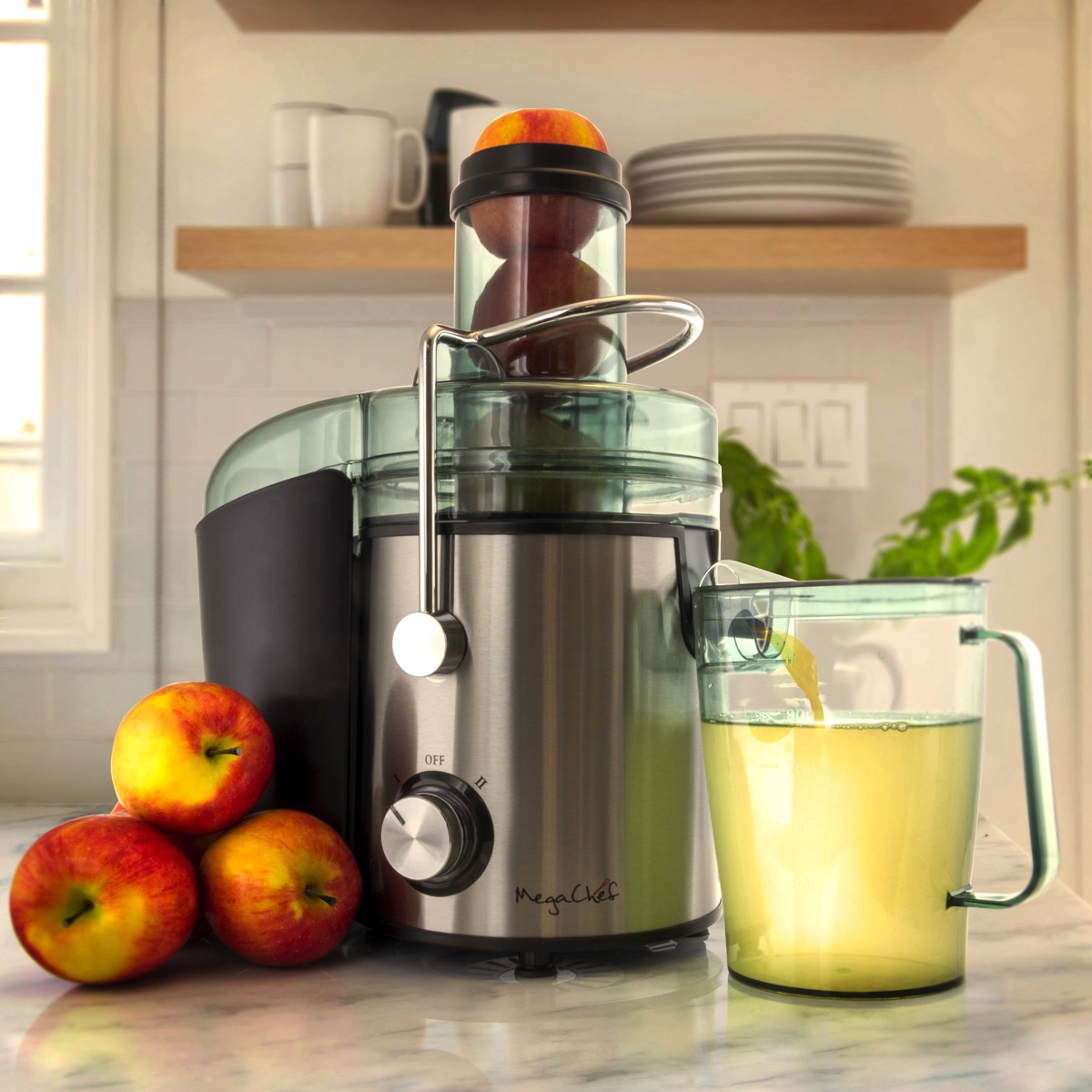
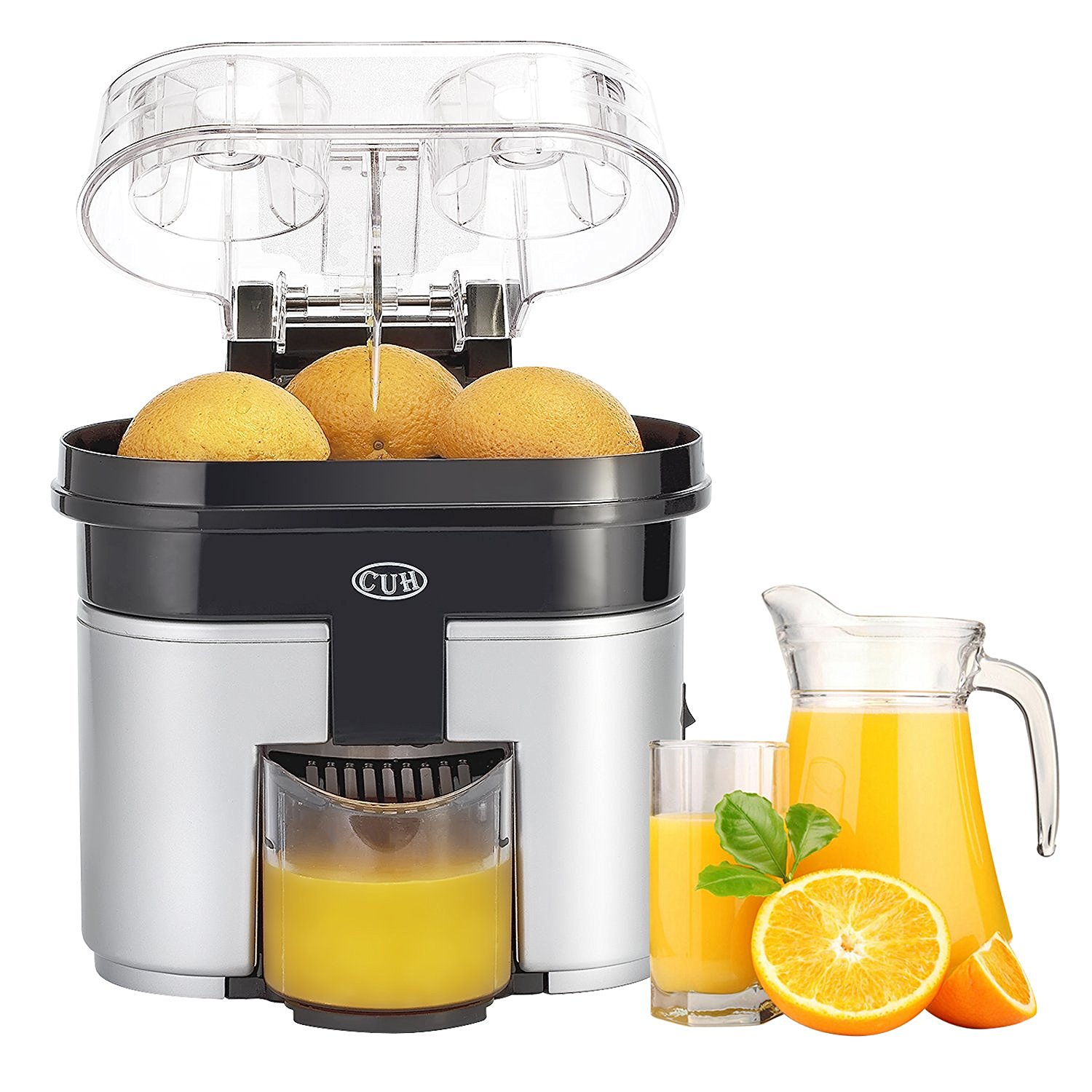
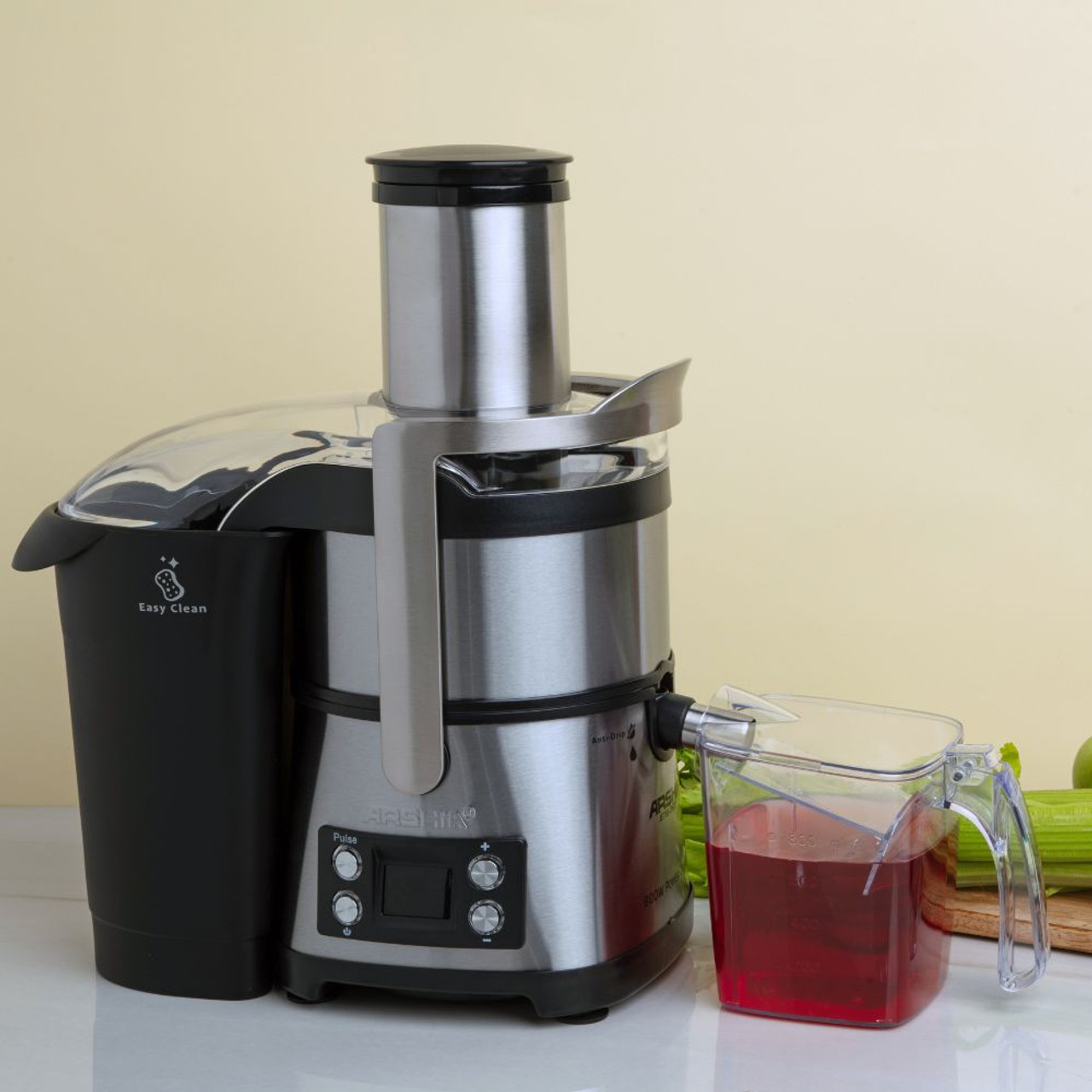
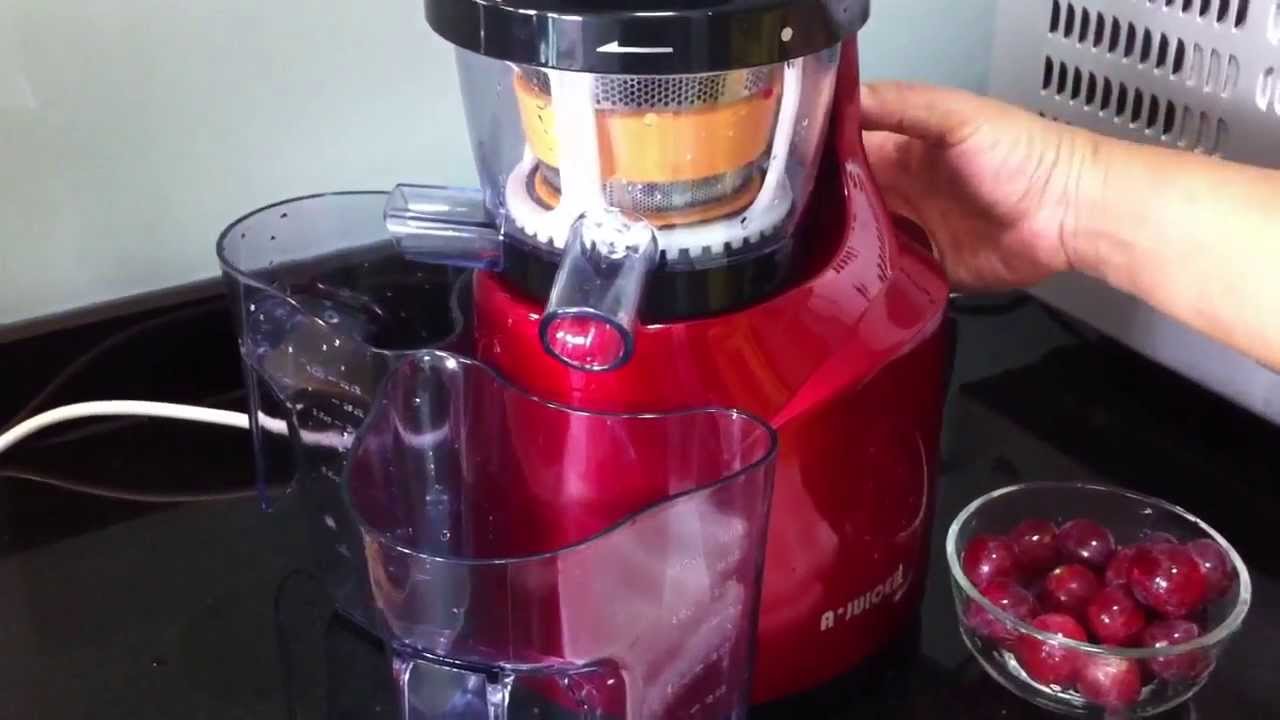
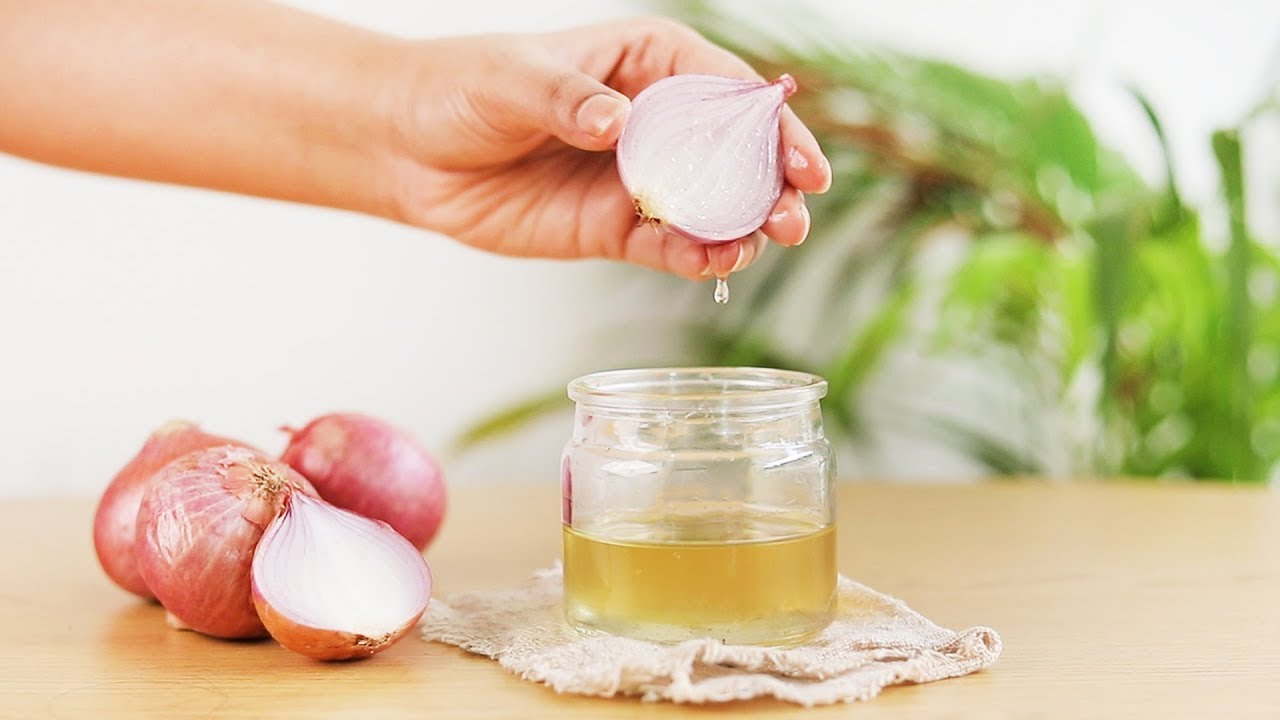
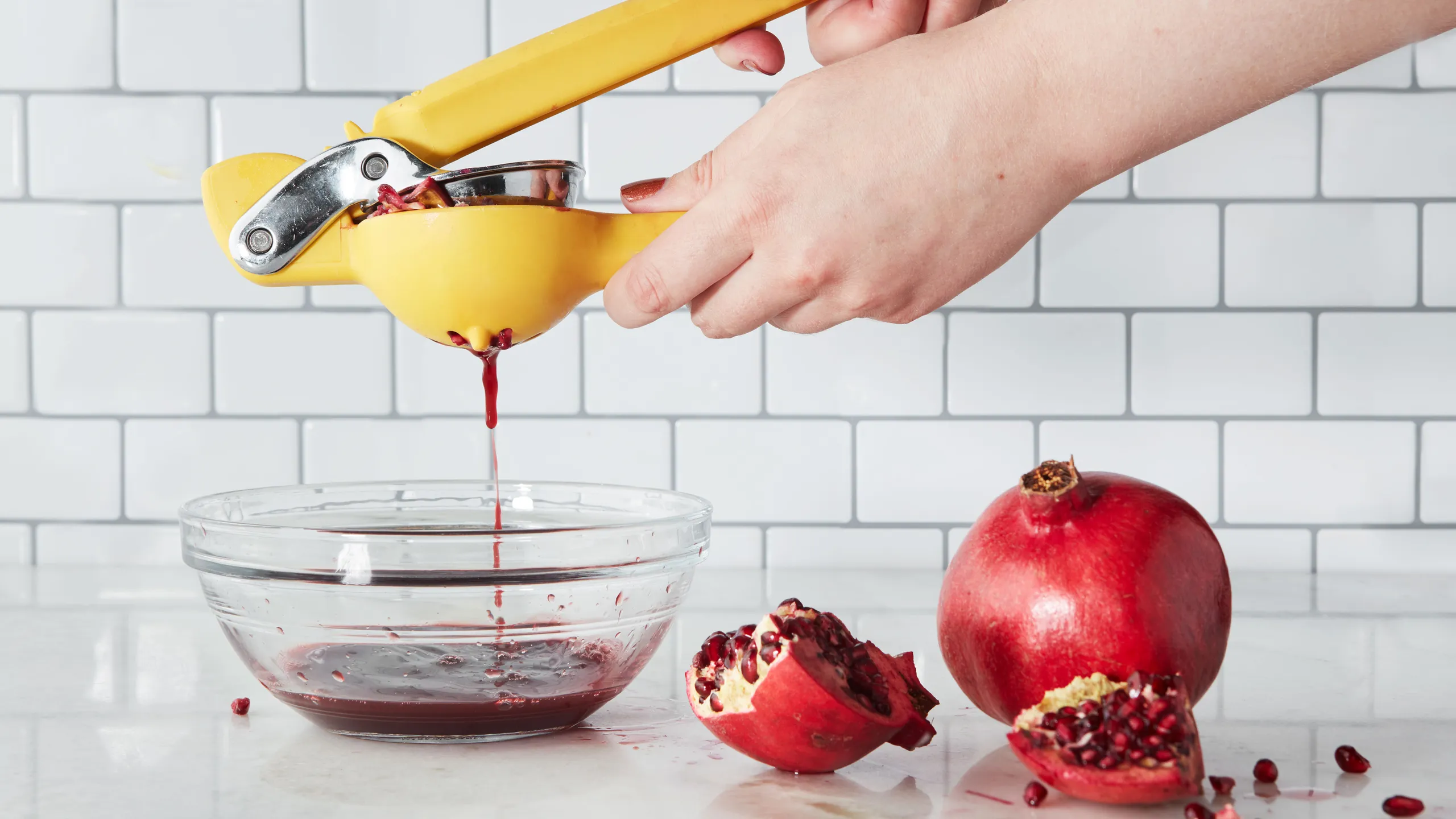
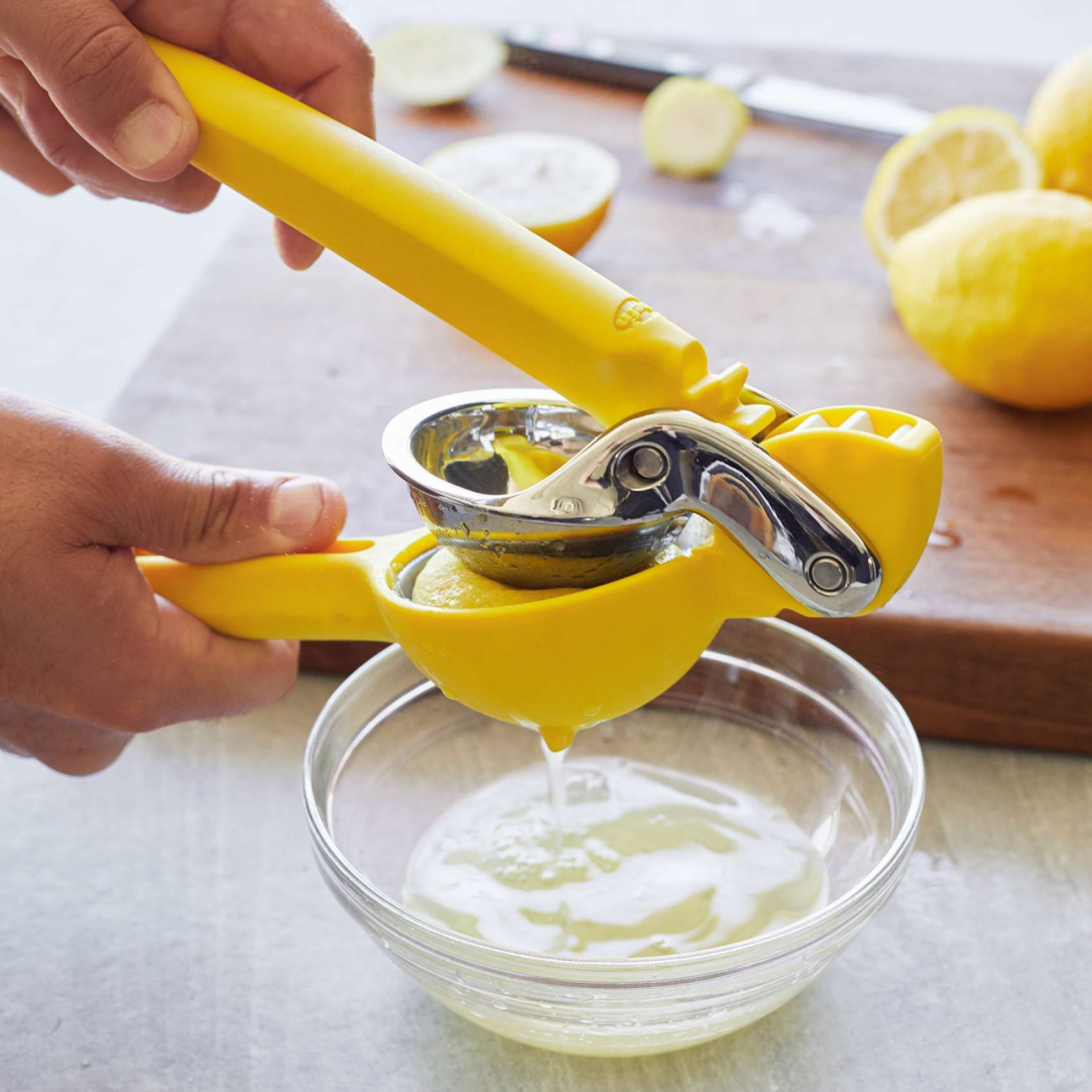
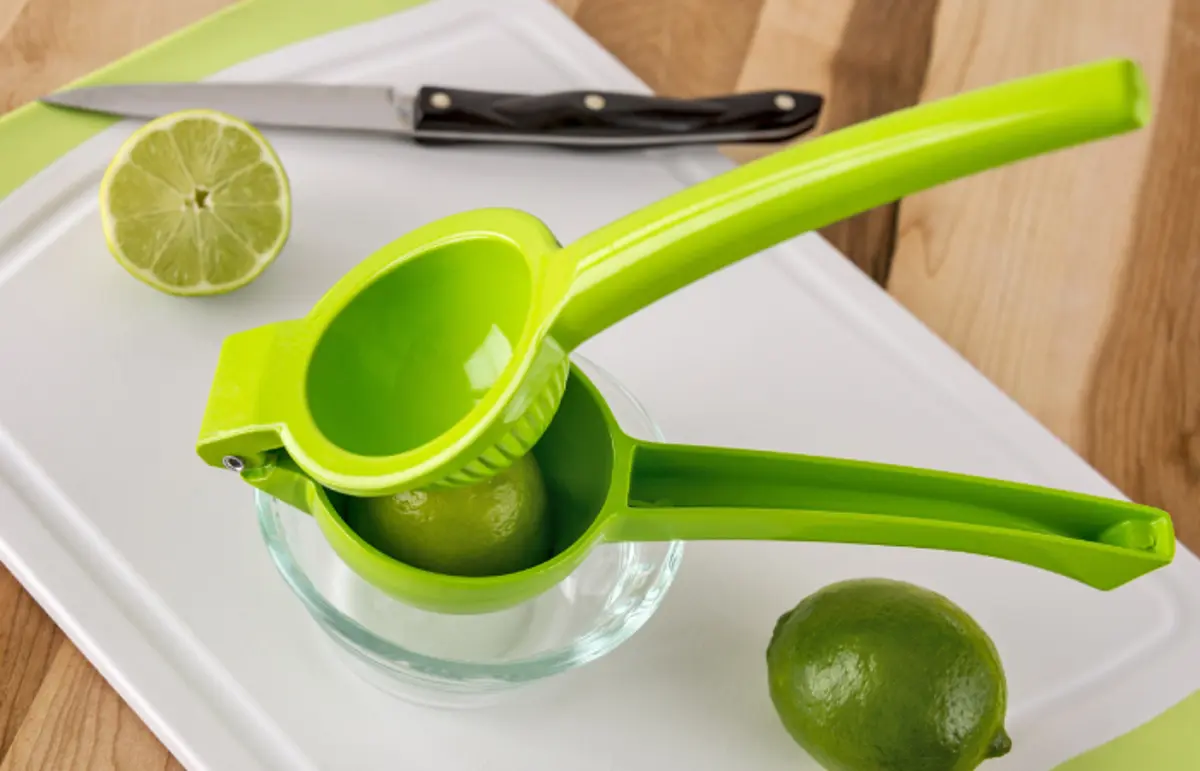

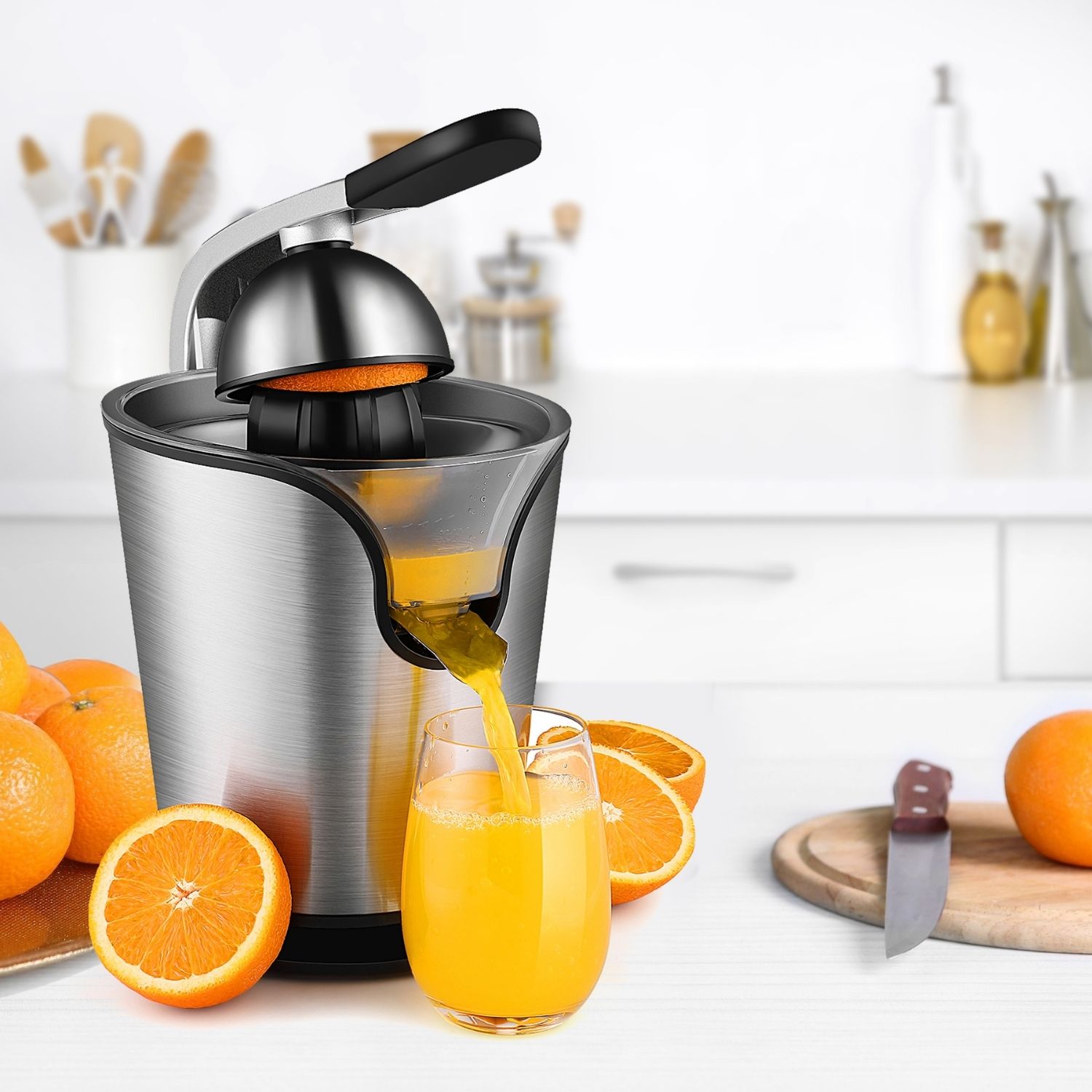
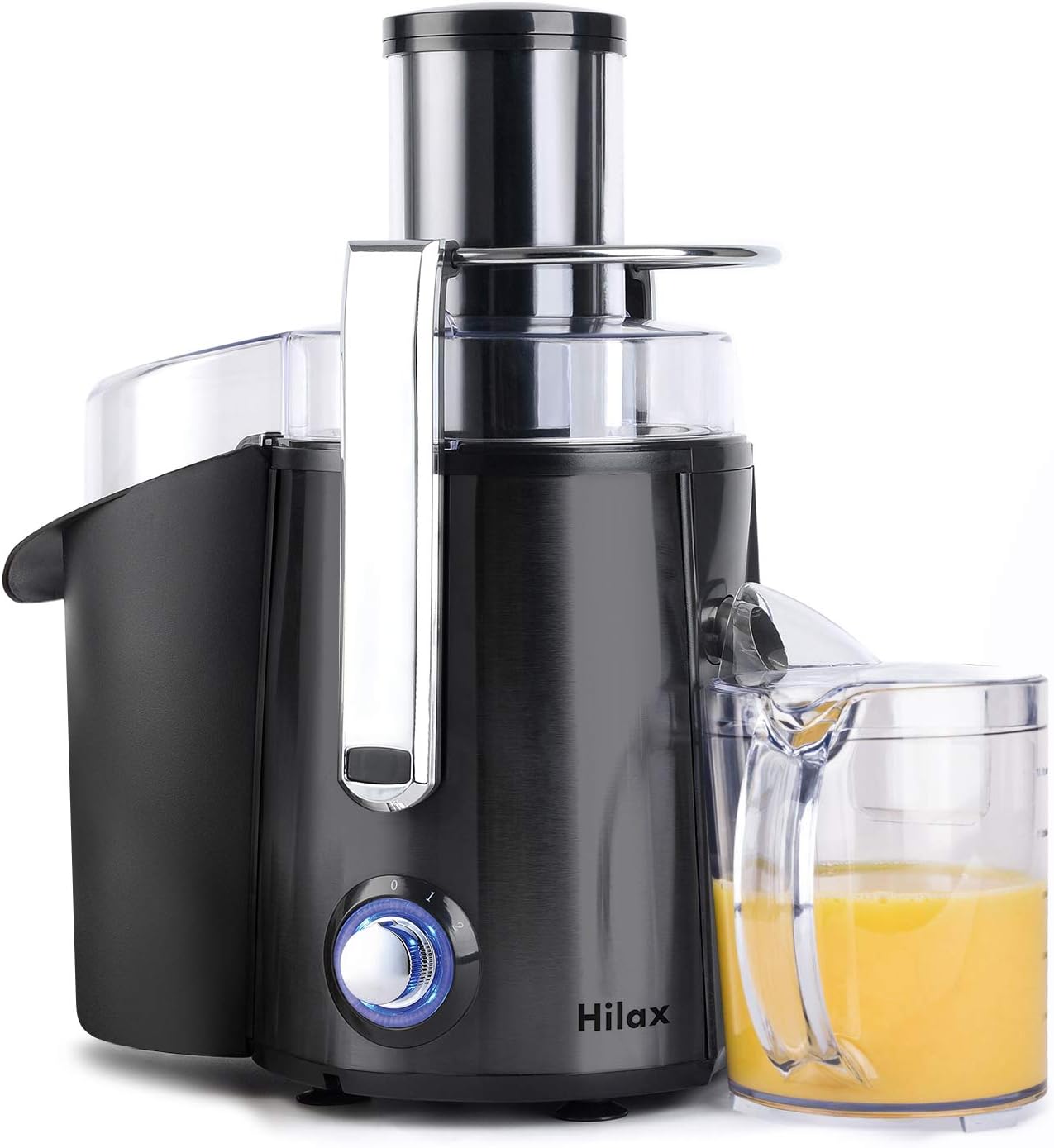
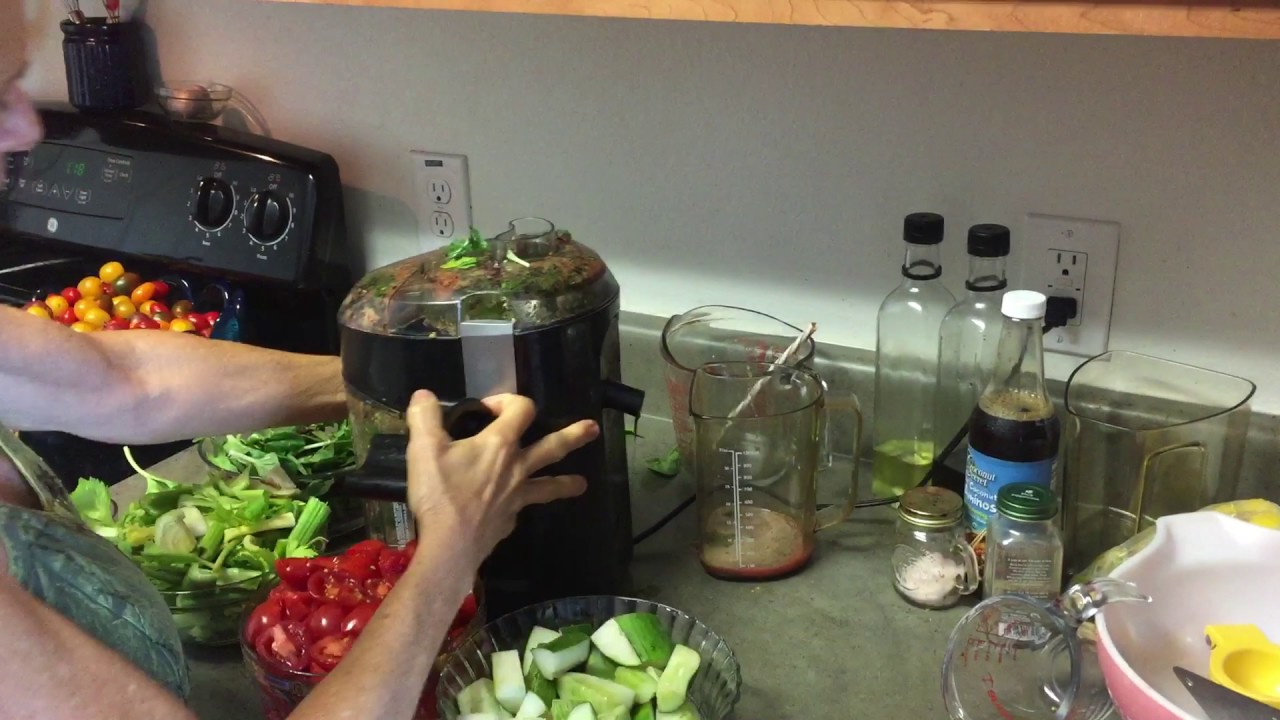

0 thoughts on “How To Make Tomato Juice With A Juicer”